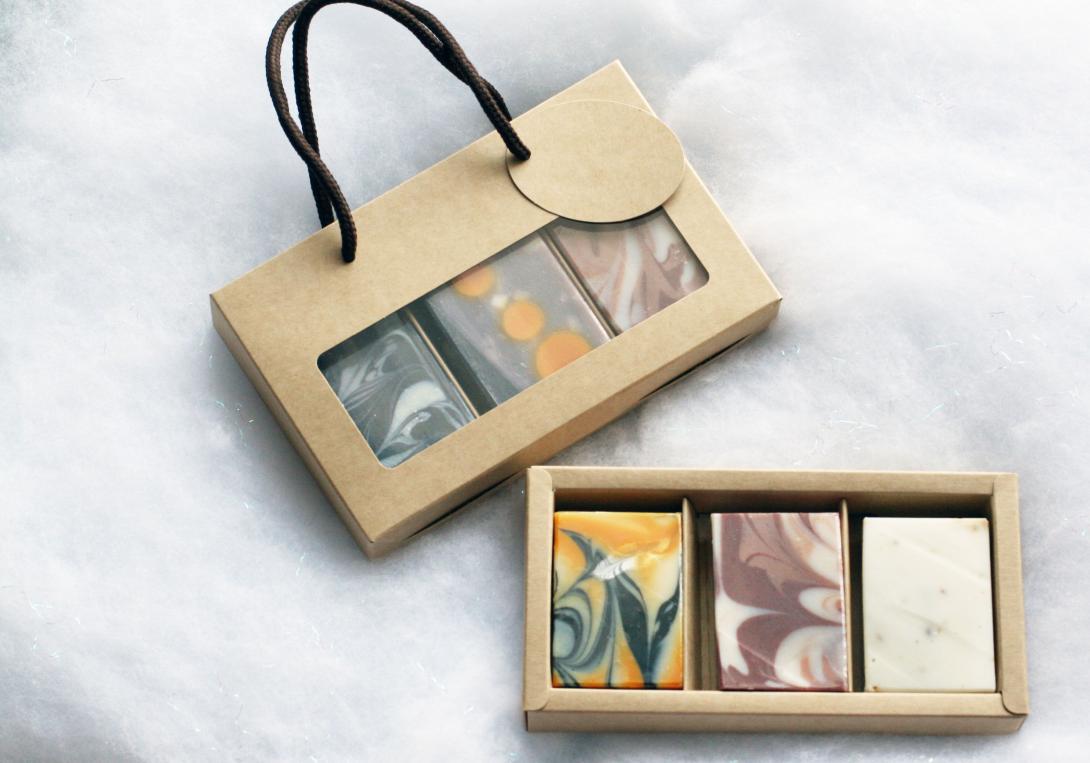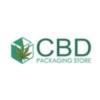
Soap has been a part of human life for thousands of years. While the product itself has seen various transformations, its packaging has gone through an equally fascinating journey. From simple wrappings to creative, eco-friendly containers, the evolution of soap packaging reflects changes in culture, technology, and consumer behavior.
Early Beginnings: Soap in Ancient Civilizations
In ancient times, soap was not packaged at all. Early civilizations such as the Babylonians, Egyptians, and Romans made soap using animal fats and ashes. These soaps were stored in clay pots or simple ceramic containers. Often, the soap was produced for personal use or in small communities.
Since there were no branding or marketing needs, packaging was purely functional. Soap was cut into blocks and kept in dry, cool places. Ancient Egyptians even included soap in tombs for afterlife rituals. Romans, on the other hand, valued soap for cleanliness and medicinal purposes.
Soap was mostly handmade during these times. It was sold at markets or traded, and the idea of packaging never crossed anyone’s mind. The main concern was the soap’s use and its effectiveness. There were no logos, labels, or colorful wrappers.
As civilizations advanced, there was more movement of goods through trade. Merchants sometimes wrapped soap in cloth for easier transportation. This marked the earliest shift from zero packaging to primitive coverings. Though very simple, these wrappings kept soap clean and prevented moisture from affecting its quality.
The earliest soaps were plain and unscented. Their texture was coarse, and packaging was not attractive. Yet, it fulfilled the basic need—keeping the product intact. This foundation laid the groundwork for more creative developments in the centuries to come.
Rise of Artisanal and Local Soap Makers
By the Middle Ages, soap-making had spread across Europe. Cities like Marseille in France became famous for soap production. This era saw the rise of small-scale soap makers who added herbs, oils, and fragrances to their products. As these soaps grew in popularity, so did the need for better packaging.
Local makers began to wrap their soaps in parchment or handmade paper. These coverings protected the soap and helped extend its shelf life. It also gave artisans a way to write their name or logo on the package, building a brand identity.
As literacy increased and markets expanded, more soap producers used decorative wrappings. Hand-drawn designs and calligraphy added elegance. These packages started reflecting the status of the buyer. Fancy soaps with rich scents were wrapped in silk-like fabrics for the elite.
Another significant change was the introduction of wood and tin boxes. Wealthy families often received soaps in these packages as part of gift sets. These containers could be reused and showed that packaging had become part of the product experience.
This period marked a cultural shift. People now associated soap with personal care and luxury. Packaging played a crucial role in shaping this perception. It made the product look more attractive and desirable, increasing its market value.
Industrial Revolution and Mass Production
The Industrial Revolution of the 18th and 19th centuries changed the way soap was made and sold. With the development of machines, soap could now be produced on a larger scale. This mass production brought a need for efficient and standardized packaging.
Factories produced bars of soap that were identical in shape and size. To protect these bars during shipping, manufacturers used thick paper or cardboard wraps. These packages started including brand names, logos, and even product claims.
Marketing became important during this time. Companies realized that colorful packaging could attract buyers. Advertisements in newspapers showed soaps in eye-catching wrappers. Brands competed not only in quality but also in design.
Another advancement was the use of wax paper. This protected the soap from moisture and preserved its scent. It also made the packaging look cleaner and more modern. Many soaps were now sold in sealed wrappers, ensuring hygiene and freshness.
Packaging during the Industrial Revolution was both functional and promotional. It protected the product while also building a brand image. This dual purpose became a standard in the soap industry and continues today.
Mass production also allowed for shipping soap across countries. International trade increased, and consistent packaging helped establish trust in foreign markets. Consumers could now recognize a brand by its package, even in different countries.
The Birth of Brand Identity in Packaging
As the 20th century began, branding took center stage in the world of packaging. Soap companies invested heavily in design, marketing, and customer loyalty. The packaging was no longer just about protection—it was about communication.
Famous brands like Palmolive, Lux, and Ivory used their packaging to tell stories. They chose specific colors, fonts, and logos that created a sense of trust and familiarity. Television and print ads often matched the design elements seen on the packages.
Soap boxes during this time became symbols of quality. They carried slogans, promises, and even beauty tips. The goal was to create a strong emotional connection with buyers. Packaging turned into a silent salesperson on the shelf.
Materials also improved. Companies began using coated paper, cardboard, and plastic wraps. These materials were more durable and visually appealing. Some brands even used foil to give a premium look.
Another trend was the rise of themed packaging. Soaps were sold in seasonal or limited-edition boxes during holidays. This created excitement and urgency among buyers. It showed how deeply packaging had become part of marketing strategy.
Brand loyalty grew because of consistent packaging design. Shoppers could spot their favorite soap from a distance. This period firmly established packaging as a vital tool for product success.
Influence of Sustainability and Eco Trends
The late 20th century saw rising awareness about the environment. People started questioning the use of plastic and other non-biodegradable materials in packaging. The soap industry responded with a shift toward eco-friendly options.
Many brands returned to simpler materials like recycled paper, cardboard, and cloth. Biodegradable wraps gained popularity. The goal was to reduce waste while still offering protective and attractive packaging.
Designs also became more minimal. Clean fonts, natural colors, and earthy textures replaced the bright, glossy packages of earlier decades. This shift matched the values of a more conscious consumer base.
Some brands began offering unpackaged soap in stores. Customers could choose the number of bars they needed, reducing excess waste. This bulk-buying method also gave a nostalgic nod to older market traditions.
Manufacturers also improved their production methods. Packaging was made with fewer chemicals, less water, and lower energy use. These practices supported both brand ethics and environmental responsibility.
Consumers increasingly supported companies that cared for the planet. This encouraged more brands to innovate in sustainable packaging. As a result, eco-friendly packaging is now a strong selling point in the soap market.
The Rise of Organic and Handmade Soap Packaging
In recent years, the demand for organic and handmade products has soared. This trend revived traditional soap-making methods and influenced how these soaps are packaged. People wanted not only chemical-free soap but also clean, simple packaging.
Artisans and small businesses embraced natural materials. They used jute strings, kraft paper, and cloth bags to wrap their products. These materials are biodegradable and give a handmade, earthy feel to the soap.
Designs focused on authenticity. Labels were often printed using soy ink or hand-stamped. They included ingredient lists, production dates, and personal messages from the makers. This added a human touch that mass-produced brands lacked.
Many soaps were sold at farmers’ markets, boutique stores, and online platforms. Packaging had to be visually appealing and practical. Custom wrapping styles like rustic bundles or eco-tubes helped products stand out.
Handmade soap packaging is often reusable. Cloth wraps can be used again, and cardboard boxes are fully recyclable. This gives buyers a sense of value beyond the product itself.
Such packaging aligns with customer values of health, sustainability, and support for local artisans. It shows how even small choices in materials and design can influence customer trust and loyalty.
Modern Innovations in Packaging Design
Today, technology has taken soap packaging to the next level. Digital printing allows for intricate designs and customization. Companies can print small batches with unique graphics for different markets or events.
Smart packaging is also emerging. QR codes on boxes lead to brand websites or videos showing how the soap is made. This adds an interactive layer and builds brand transparency.
Another exciting trend is zero-waste packaging. Some companies offer soap in dissolvable paper or corn-based wrappers. These materials disappear when wet, leaving no trash behind. It's innovation that meets sustainability.
Brands are also embracing storytelling through packaging. Graphics may show a soap’s journey from farm to shelf. This emotional appeal strengthens the connection between the product and the buyer.
Designs are becoming inclusive too. Large fonts, braille labels, and clear ingredient listings make packaging accessible to all. Such changes highlight the growing importance of user-friendly design in the packaging world.
Packaging today is a blend of function, art, and message. It supports brand identity, environmental goals, and consumer needs all at once.
Consumer Preferences and Their Impact on Packaging
Modern buyers are more informed than ever. They read labels, check ingredients, and care about packaging choices. Their preferences shape how soap is wrapped, displayed, and sold.
Consumers prefer packaging that is easy to open, resealable, and safe for kids. They also want packages that are light for travel but strong enough to last. This feedback pushes companies to test and improve constantly.
Eco-conscious buyers avoid plastic-heavy packaging. They choose brands that use recyclable or compostable materials. This change has reduced the presence of plastic in many soap products.
Color and design also matter. Clean, neutral tones suggest purity and health. Bright colors may appeal to younger buyers or those seeking fun, scented varieties. Every design choice affects perception.
Some buyers want multi-use packaging. Soap boxes that double as storage or decor are favored. This reduces waste and adds value. Brands that listen to such needs build strong relationships with their audience.
In this landscape, packaging isn't just a wrapper—it's a bridge between a brand and its buyer. It must tell a story, offer function, and support shared values.
Future Trends and the Road Ahead
The future of soap packaging looks exciting and thoughtful. We can expect more smart solutions, like sensors that indicate freshness or antibacterial coatings. These features could improve safety and shelf life.
Virtual packaging previews may also become common. Before buying, customers could view a 3D model of the package online. This adds convenience and saves retail space.
Bioplastics and mushroom-based materials may soon replace traditional packaging. These innovations are eco-friendly and decompose quickly. More brands are investing in such research.
Personalized packaging is another rising trend. Buyers may add names, messages, or choose from limited-edition prints. This creates a deeper connection with the product.
In all these trends, the focus remains on sustainability, function, and customer engagement. Packaging must continue to adapt without losing sight of its core purpose—protecting the soap while reflecting the brand's values.
As preferences evolve, companies will keep testing new ideas. Yet, the heart of good packaging will always lie in balancing beauty, usability, and responsibility. From clay pots to modern smart wrappers, the journey of soap packaging is far from over—it’s only getting smarter, greener, and more meaningful.
Source Link: https://ibexpackaging.com/soap-boxes/

